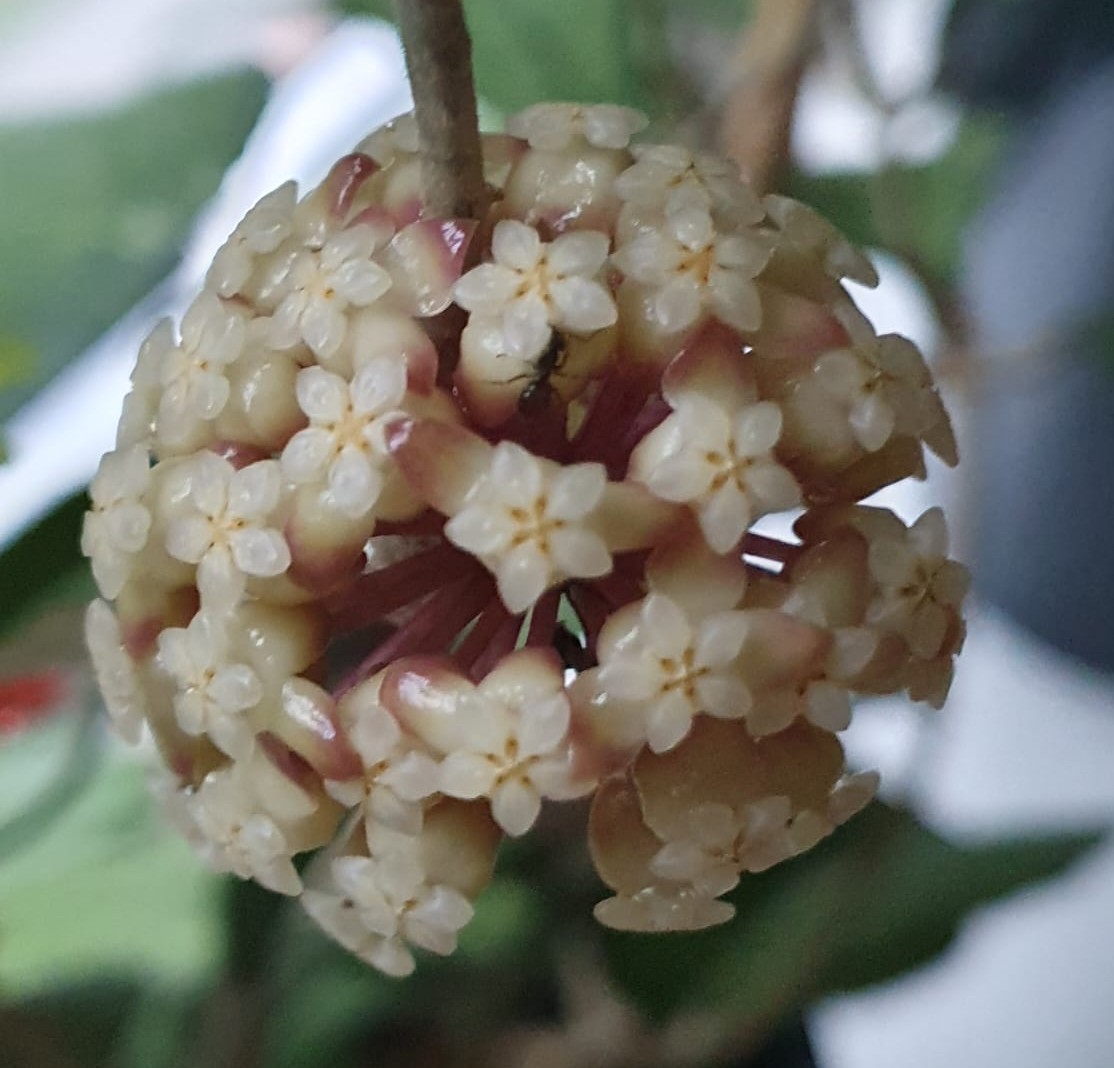
About substrates in which to root/grow hoyas
If you are ready to start growing your first, or first two, or maybe first three hoyas :), then it is definitely not worth getting stuck on complex and expensive substrates.
I started my hobby with a simple mixture and tried to make the substrate as airy and light as possible, by adding a little ingredients to a regular indoor flower substrate that provide this condition. And in such a substrate, a large part of my hoya mother plants have rooted and grown.
1) The substrate with which I started my hoya collection was the following - substrate for flowering houseplants 50%, charcoal + bark 25%, vermiculite + perlite + zeolite 25%, everything mixed together. This substrate is good for both rooting hoya and for subsequent growth, it is good for all those hoyas that grow on windowsills without additional lighting, but ... it must be watered carefully, it must be taken into account whether the hoya is currently in an active growth period (usually in spring, summer, and a little in autumn), whether the room temperature is high enough for the substrate to dry out quickly. But about watering hoya another time.
2) For rooting hoya, I have also used only pure vermiculite, or only perlite - both substrates are equally good for rooting cuttings, but again, you must water carefully so that there is not too much water. Cuttings like vermiculite if it is not overwatered, because then it does not compact, the roots give good results. After rooting, the plant must be transplanted so that it can continue to develop and grow fully.
3) Seramis - you can also root cuttings, but again - be careful with watering, seramis dries for a long time, but you can easily see and also understand by the weight of the pot when it has dried out. After rooting, the plant must be transplanted.
4) Lechuza - very similar to seramis.
5) Coconut fiber - many hoyas growers use this substrate for rooting hoya. At the very beginning, I used a little, but I was completely unclear how much to water, it can be very easy to overwater, so I no longer use this method.
6) The substrate for growing hoya, which I use now after the hoya has rooted - a small fraction of pine bark (ready-made orchid substrate is also suitable) + seramis + lechuza + pumice + a little charcoal. There are hoyas that accept this substrate very responsively - for example, Rotundiflora, Ricardo SS13-05, etc. I am currently also testing different options - for more moisture-demanding hoyas, I add a little more seramis or lechuza to the substrate, etc.
In summary - a large part of hoya can grow in different substrates, but each type requires its own approach to watering hoya. If the substrate is more peaty, such as classic potting soil, then by slightly improving it with vermiculite and perlite, pieces of charcoal, and some pine bark, you can successfully grow many hoyas. Only then should you water more carefully, because the substrate will definitely dry out for a long time in winter, because a large part of hoyas sleep in winter (if they are on windowsills) and do not grow in our latitudes (in Latvia) and therefore do not consume much water.
You can also take a look at my YouTube channel "here" and "here", I show exactly what substrates I work with, what substrates the hoyas in my collection grow in.
Good luck:)





